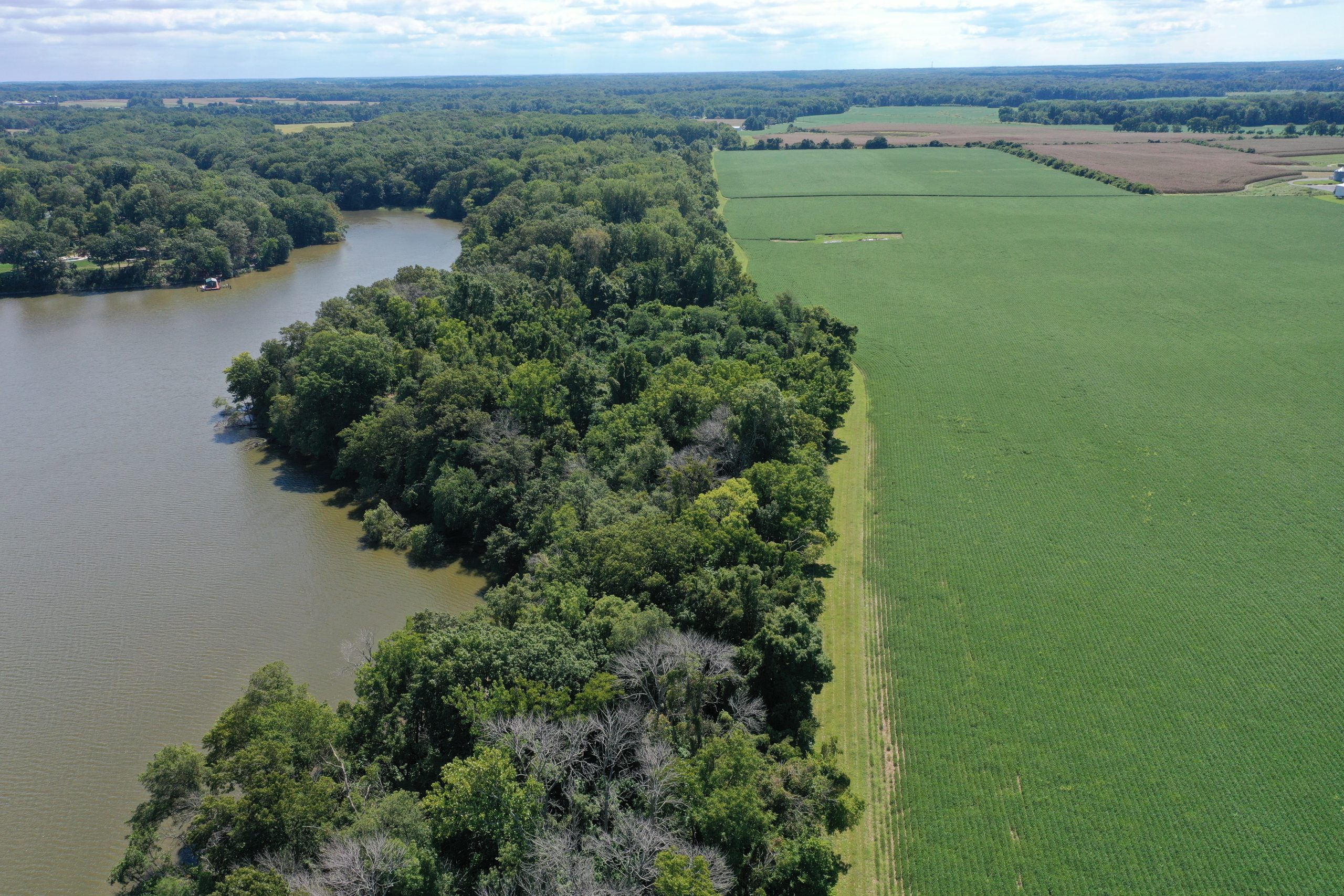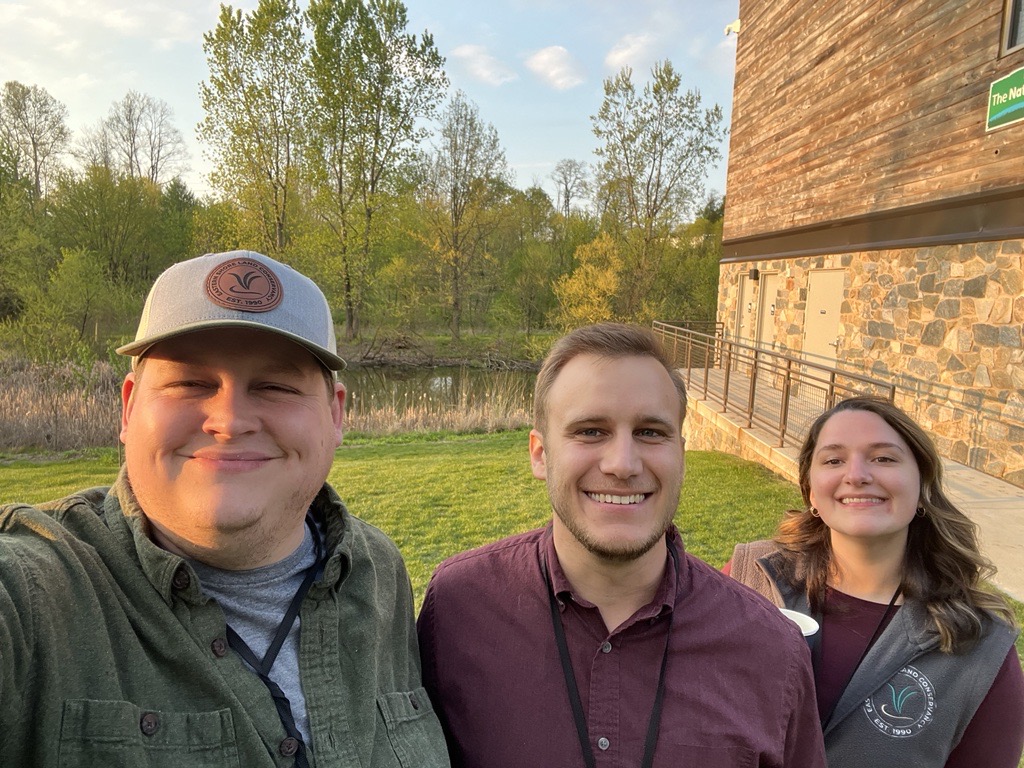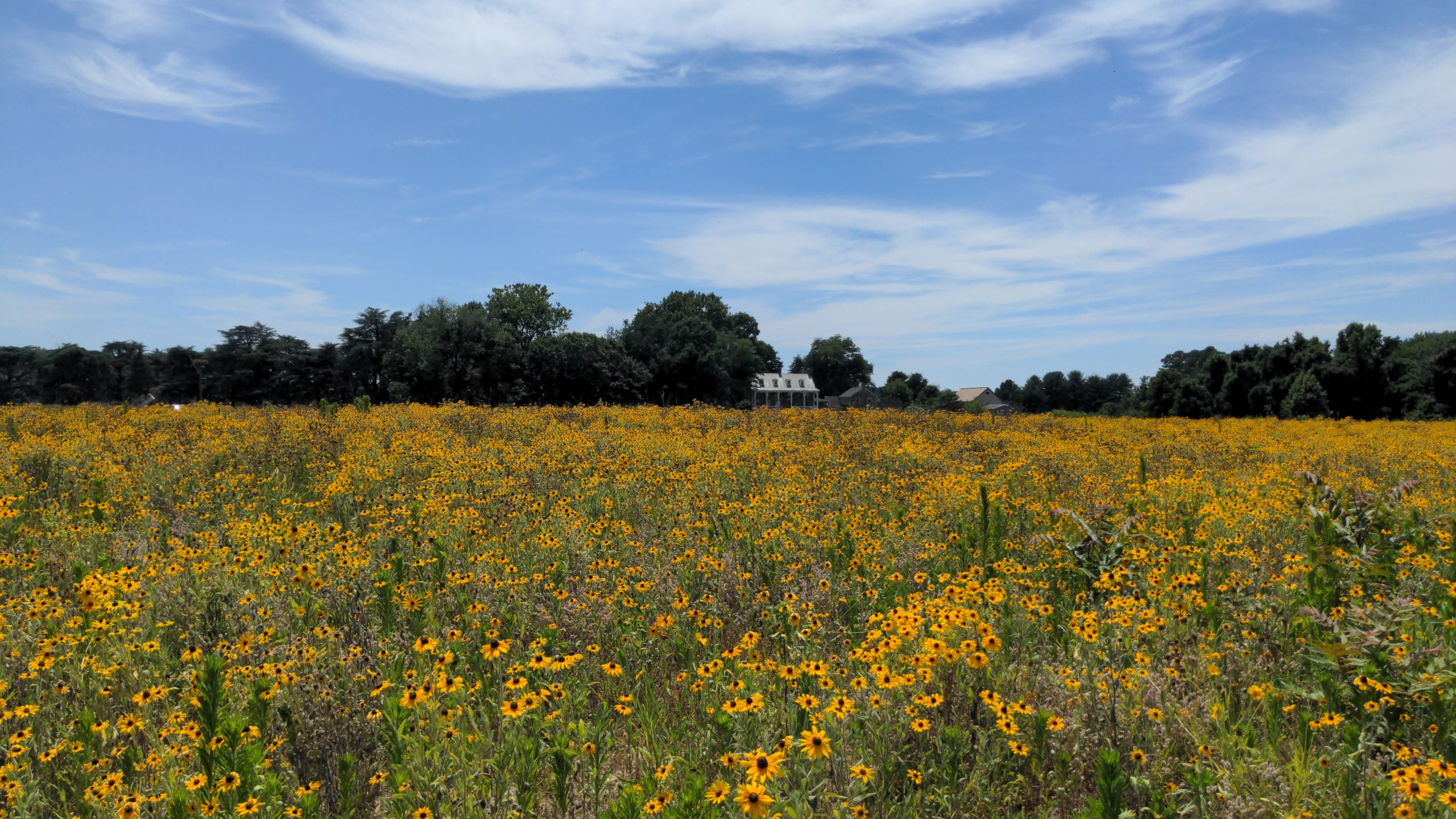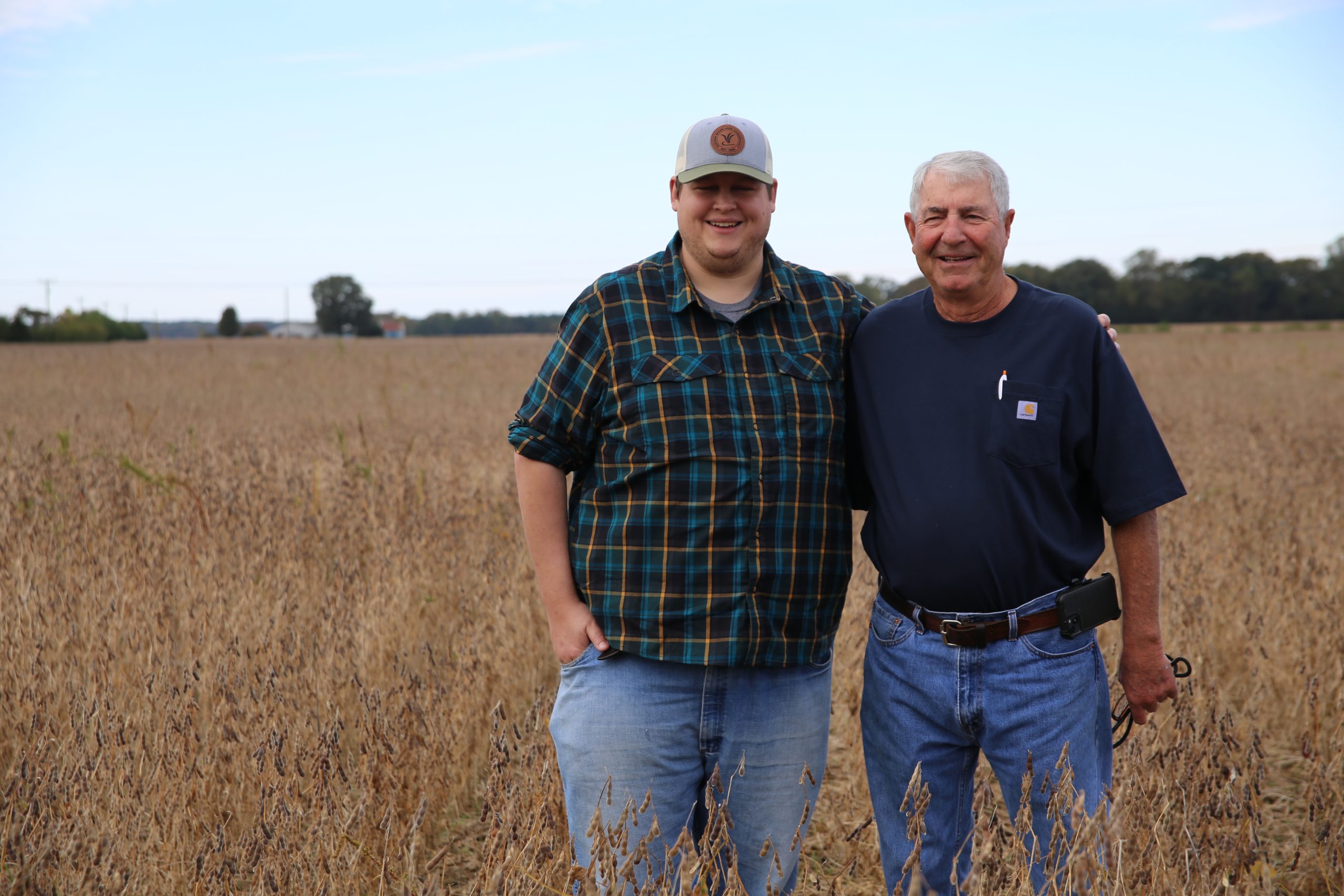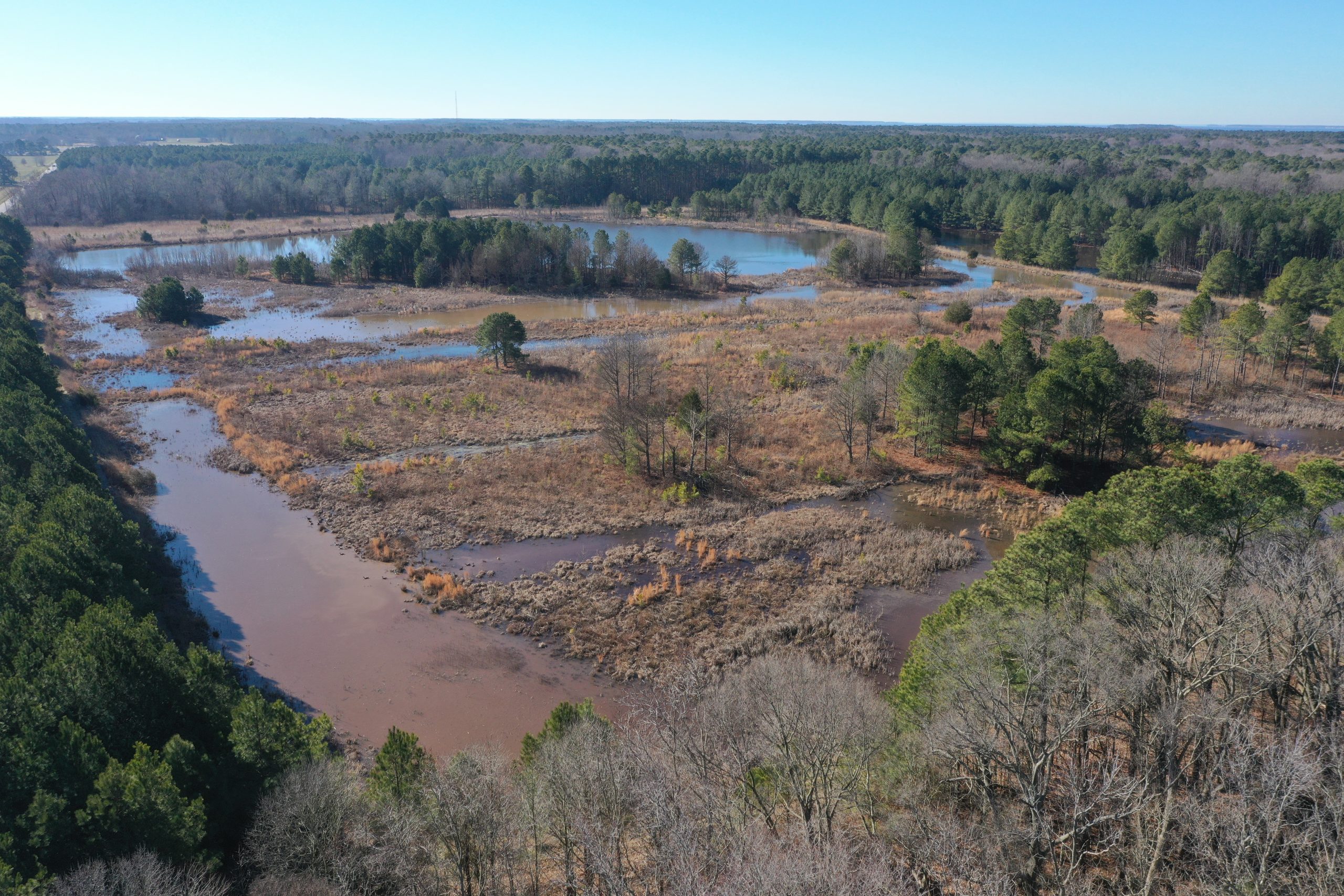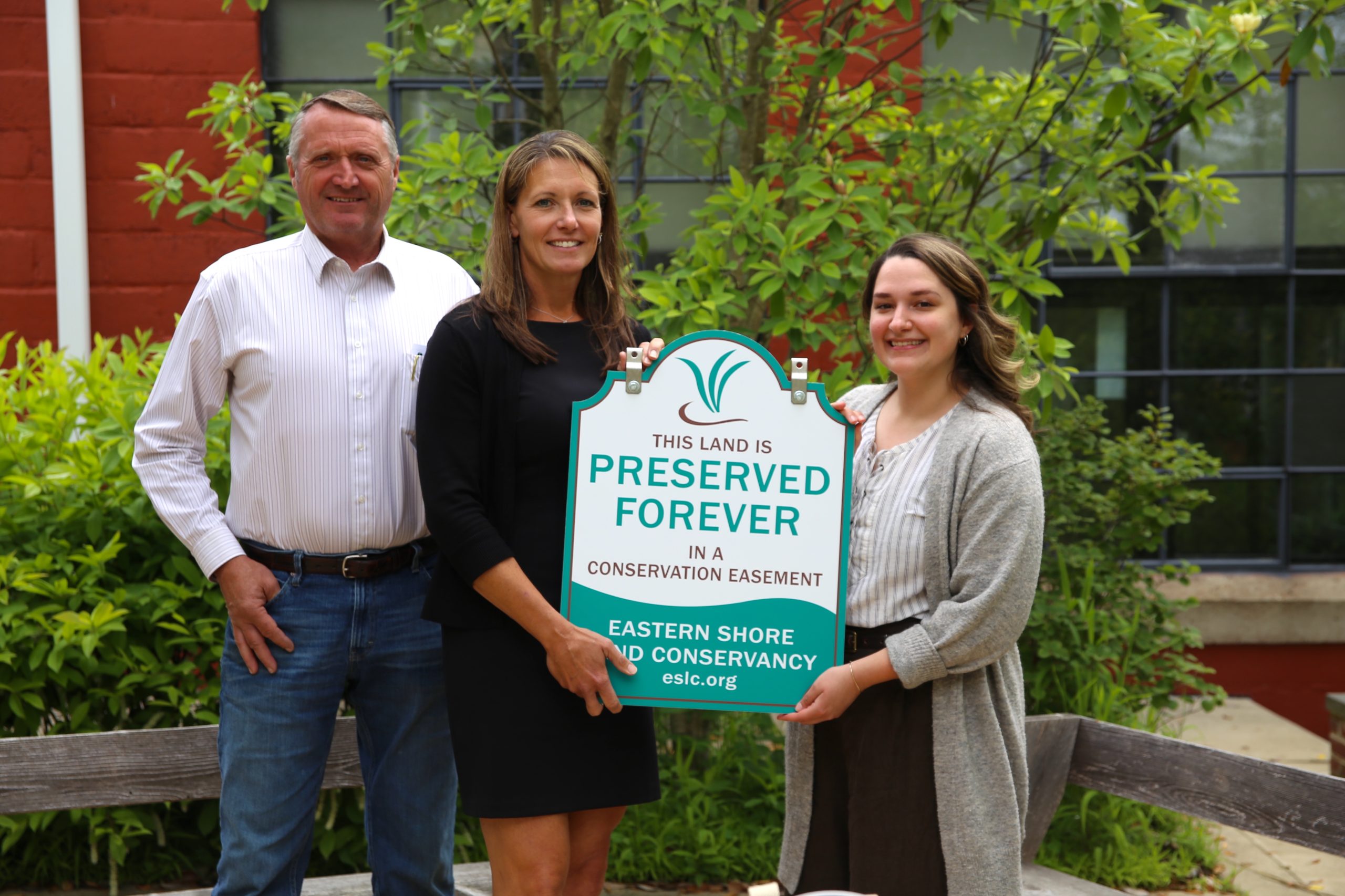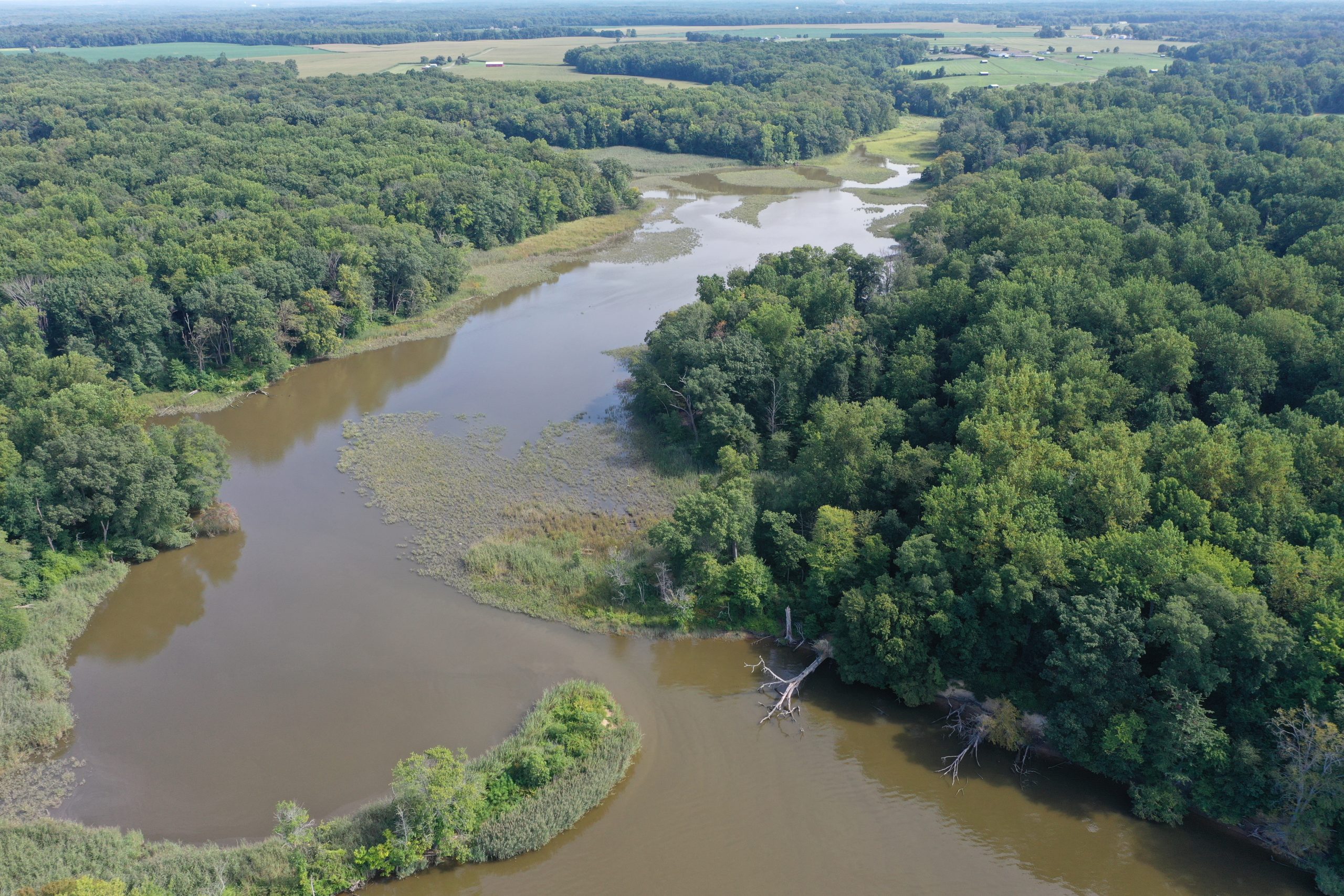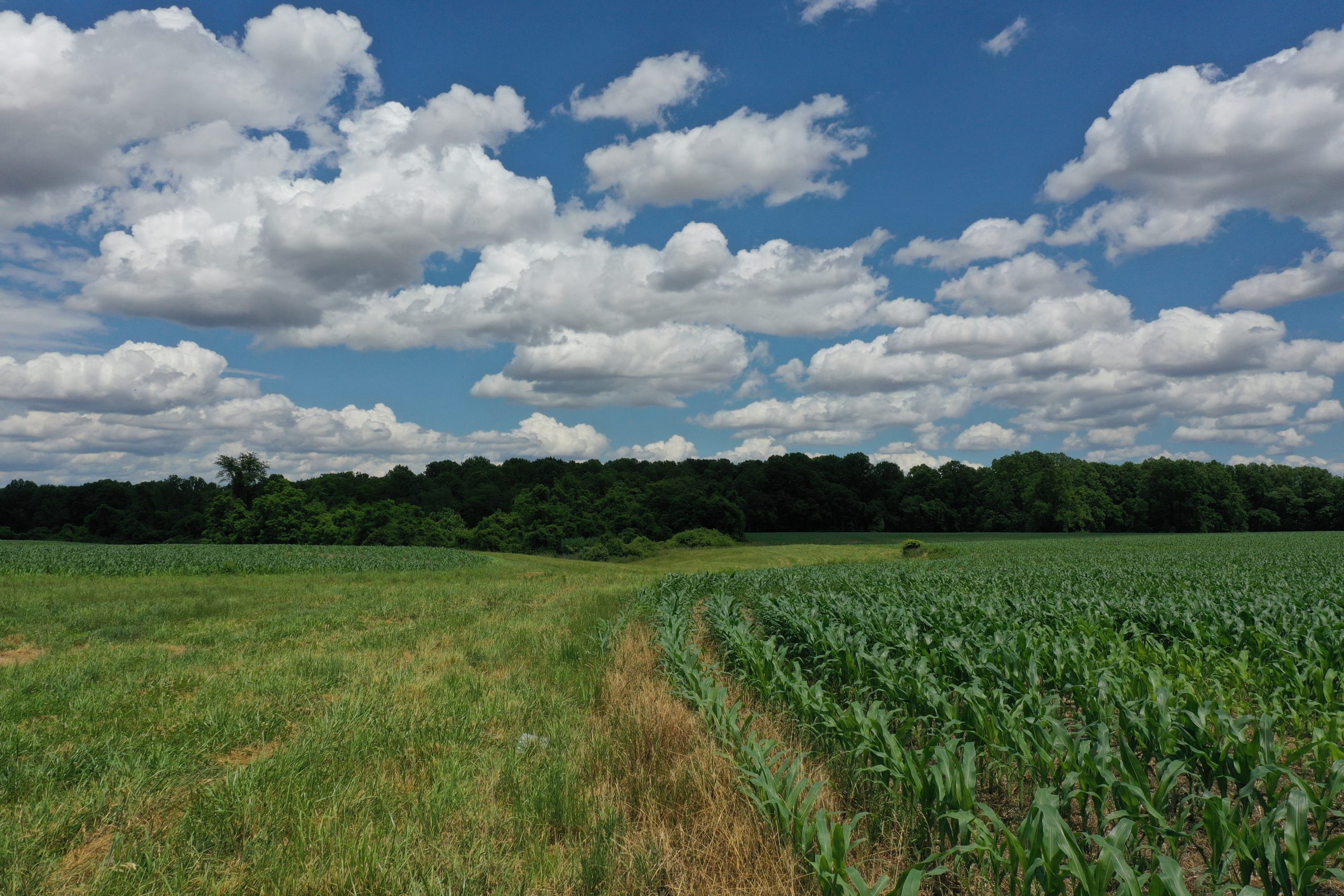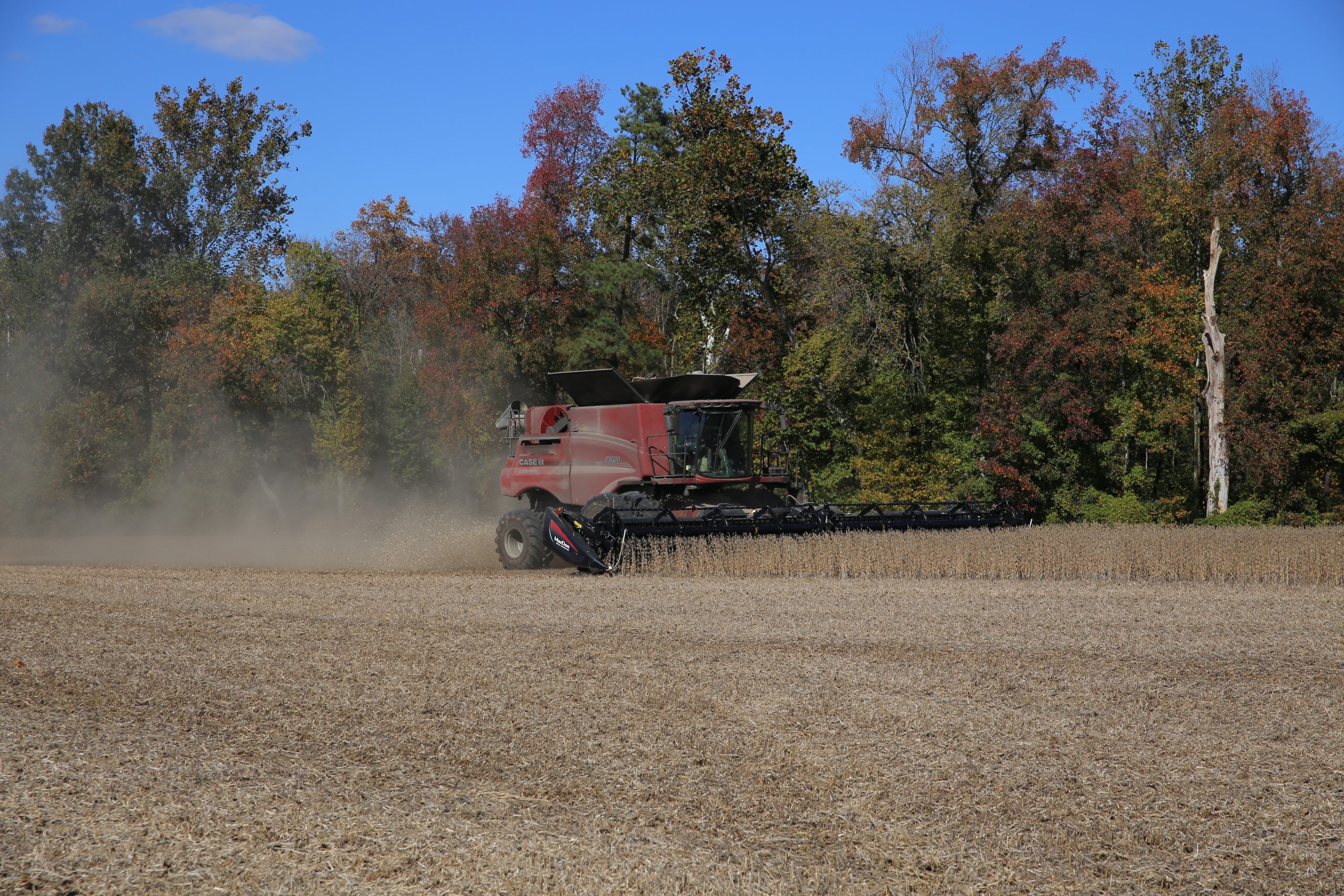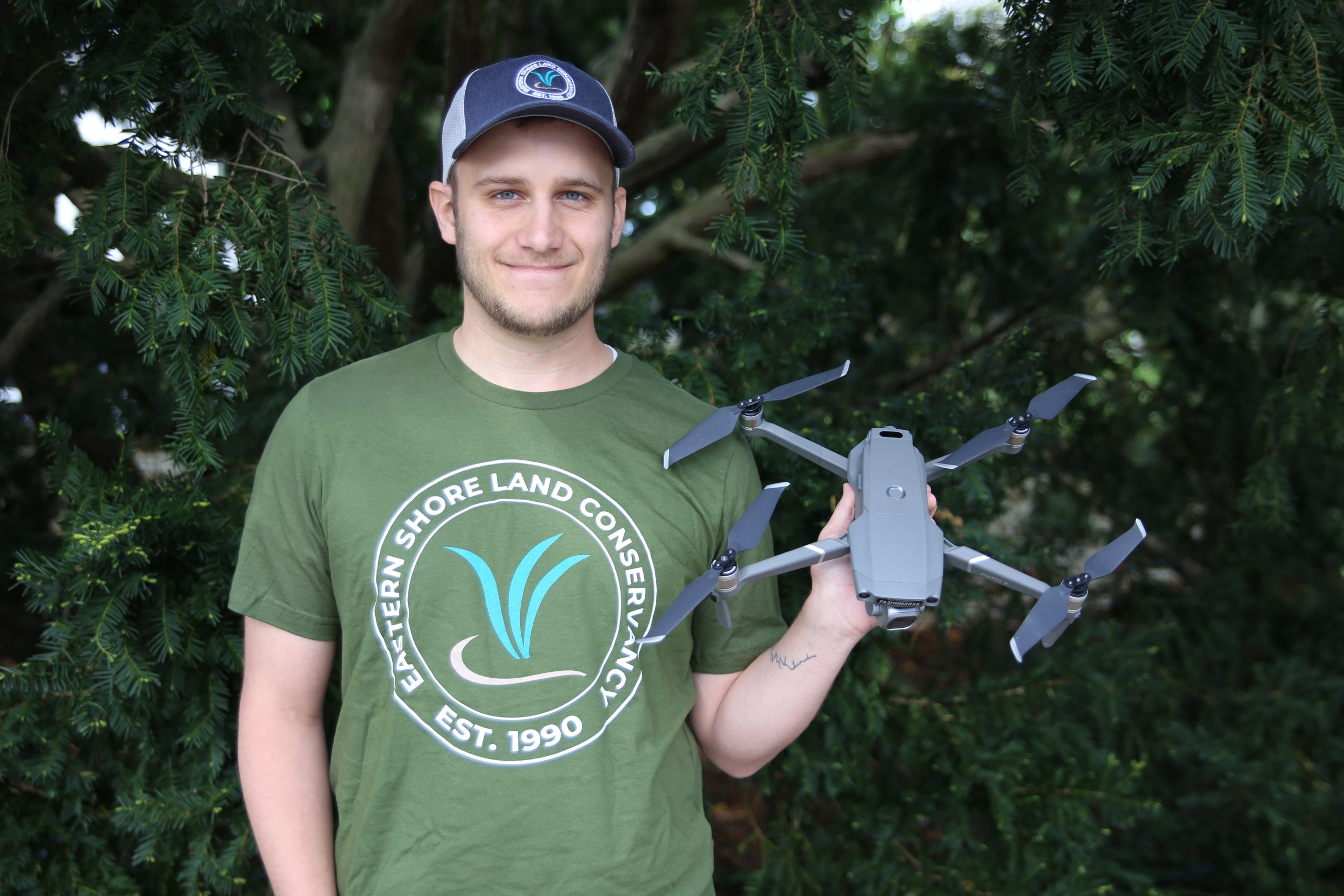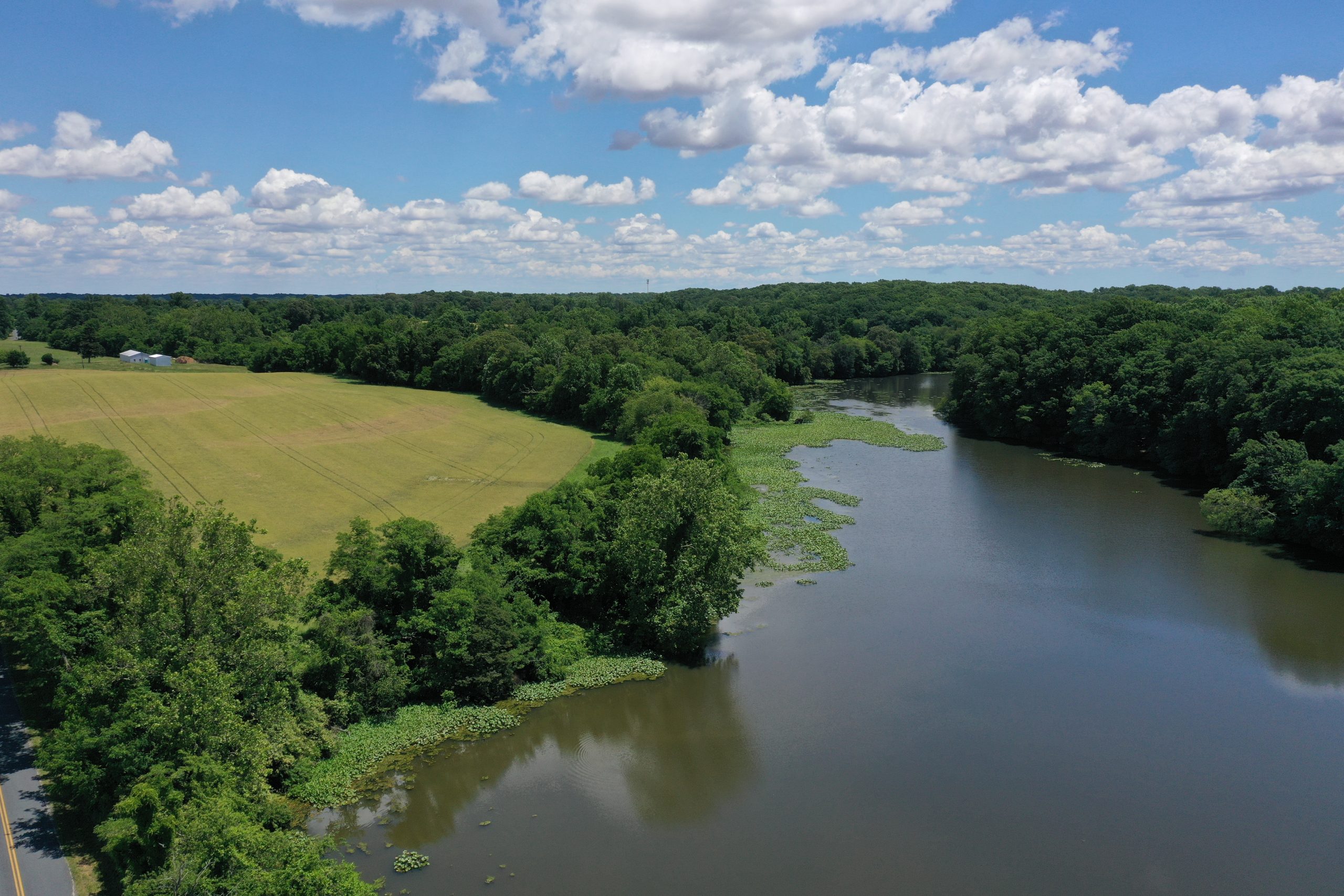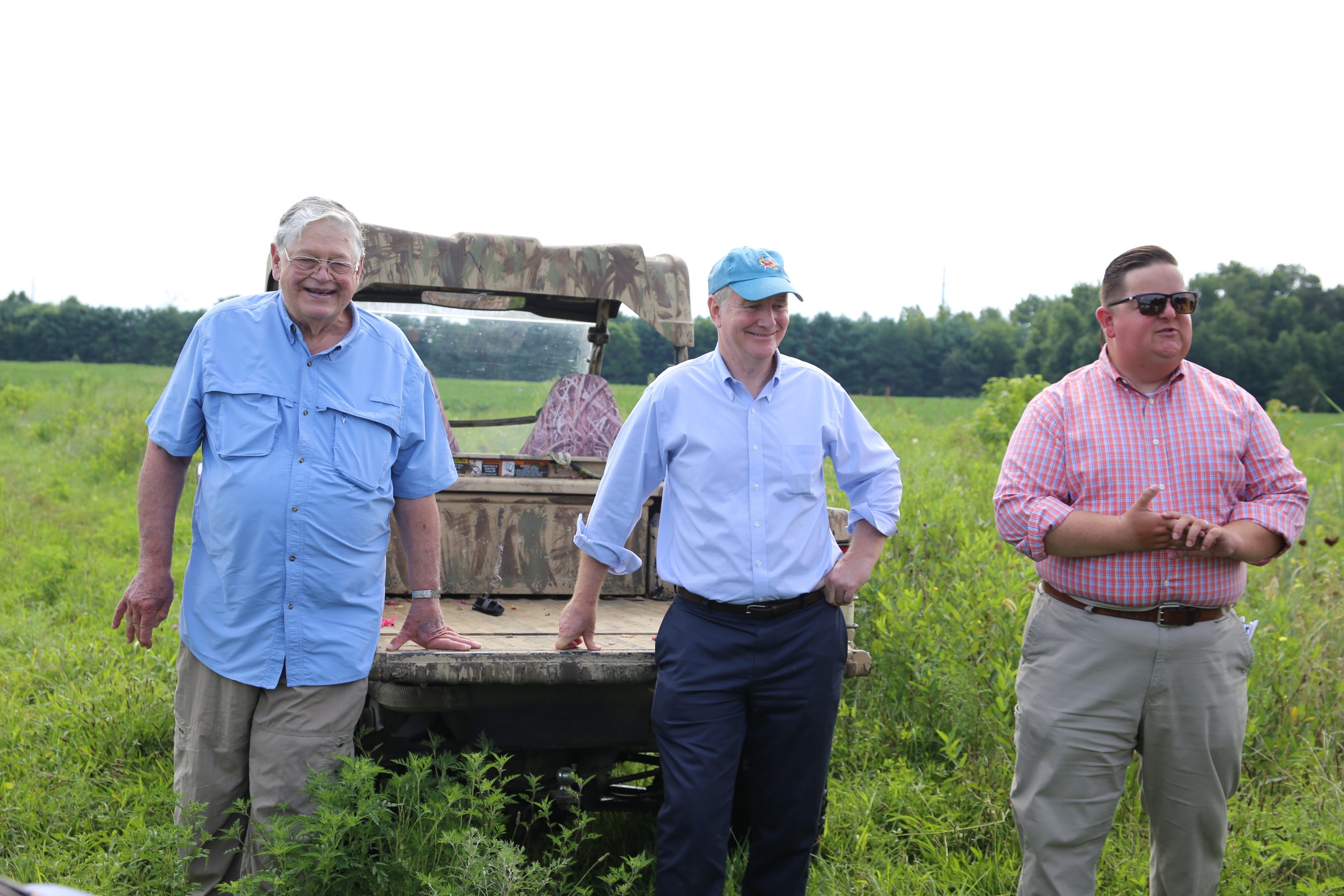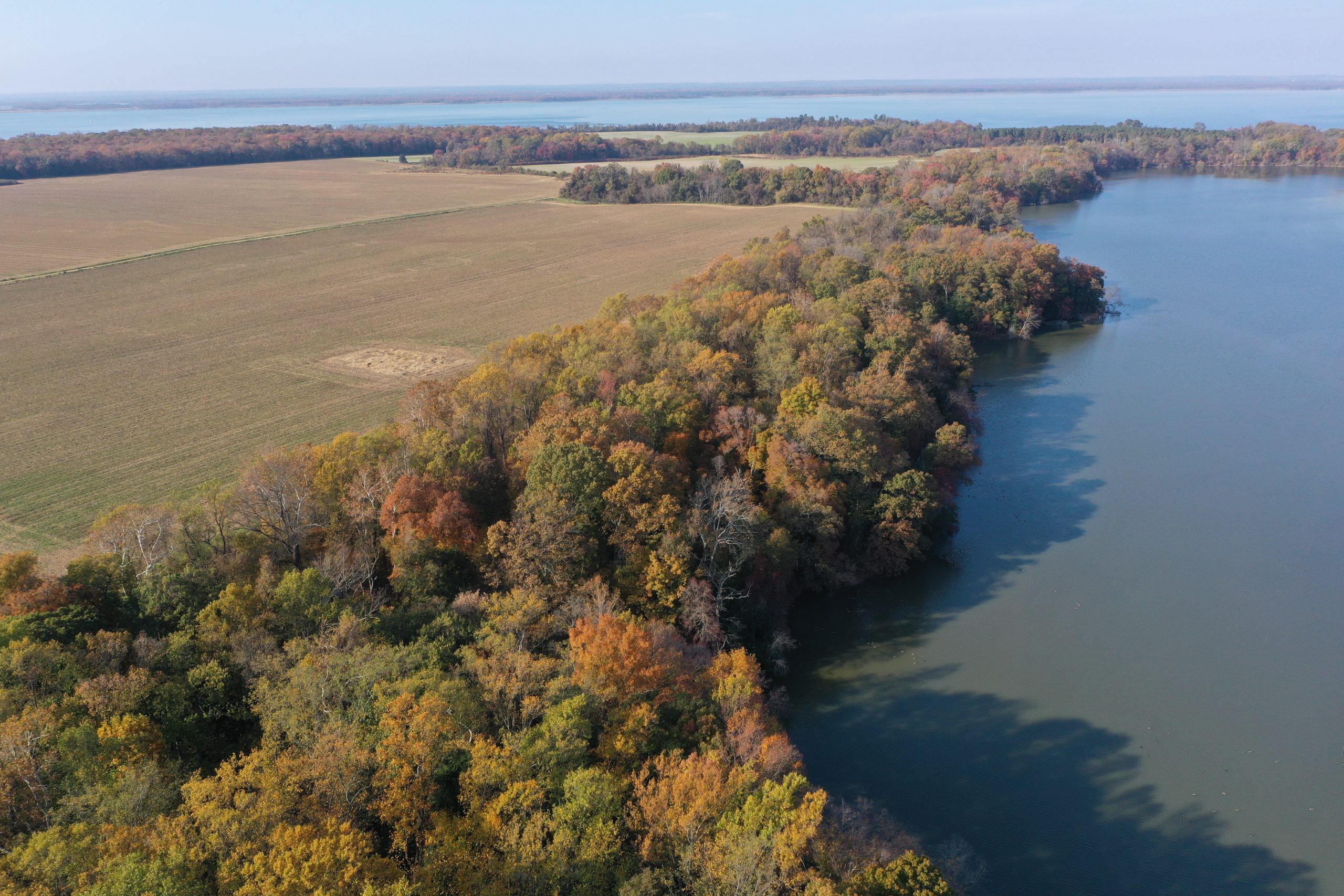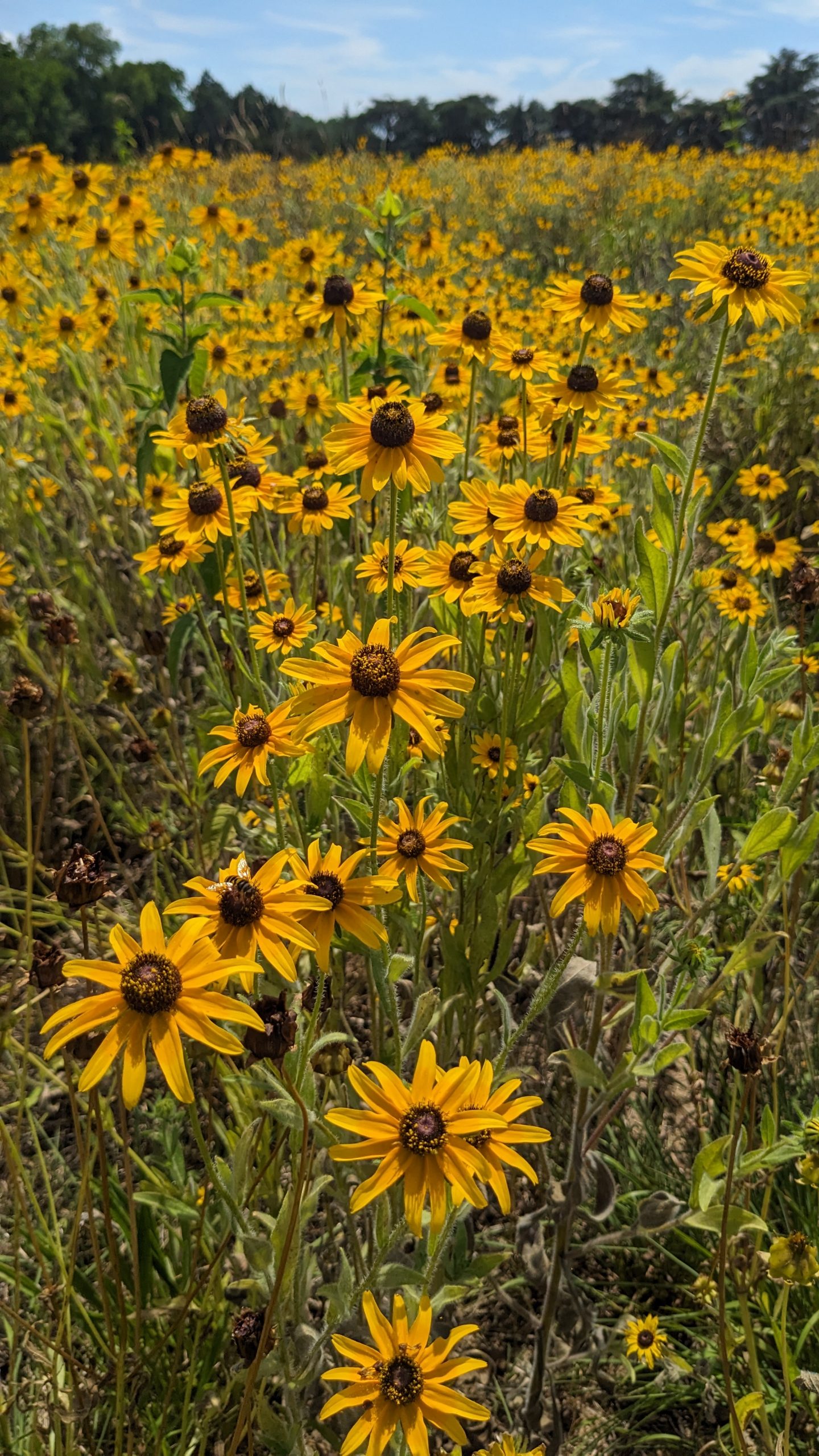Land Conservation
Maryland’s Eastern Shore is comprised of productive farmland, natural resource based economies, and rural communities in close proximity to major metropolitan areas. The Shore’s beautiful coastal landscape is also vulnerable, susceptible to both sprawl development and climate change, which leads to habitat and farmland loss, coastal flooding, and saltwater intrusion. These threats need to be met on two fronts: advocacy for policies that benefit conservation, and the active protection, stewardship, and restoration of natural resources. Our land conservation team works to protect, steward, and restore the Eastern Shore’s land through conservation easements, enhanced stewardship, political advocacy, and land transfers and acquisitions.
